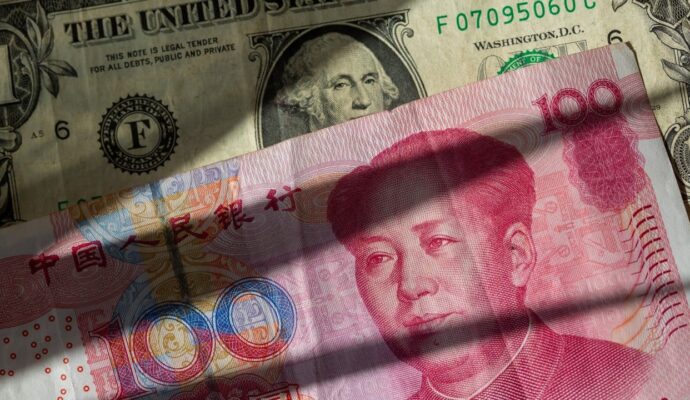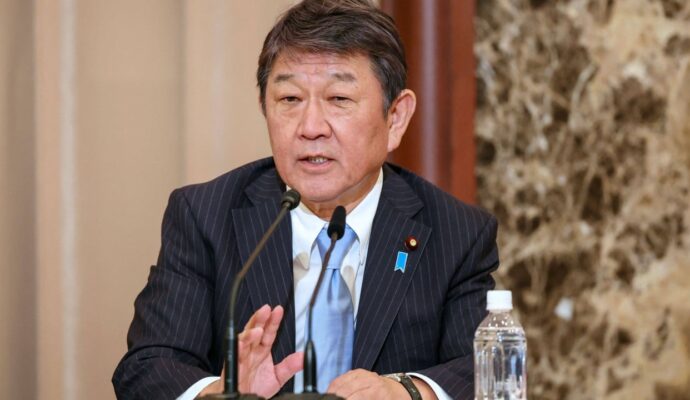China’s rapidly ageing population of 1.4 billion people prompted the government to roll out an expanded private pension scheme in April last year, with banks, funds and insurance companies launching a flurry of new products as they eyed market share.
The expanded scheme would inject at least 120 billion yuan (US$17.8 billion) a year into the country’s asset-management market, securities firm Guotai Junan predicted a year ago, shortly after it was launched.
The so-called second and third pillars of China’s pension system – respectively, enterprise annuities and the private pension scheme – are likely to account for 70 per cent of the country’s total pension market, bringing in 19 trillion yuan in net capital inflow by 2030, according to McKinsey’s report.
Chief executives at leading international asset managers are making efforts to adapt to and keep up with the rapidly changing market in China, McKinsey said, based on its talks with several dozen leaders. They are making good progress in building defensive strategies and enhancing their alternative investment offerings during a time of financial market volatility to meet the more diverse needs of Chinese clients.
They are also trying to focus more on their sales models, developing more innovative marketing channels, digitalisation and providing pension solutions.
But they need to do more to establish their professional research and investment platforms, and diversify their strategy offerings by, for example, paying more attention to sustainable investment, the report said.
They should also tailor more to customers’ demands with after-sales quality control and services, optimise their sales channels and nurture and maintain talent, it added.



